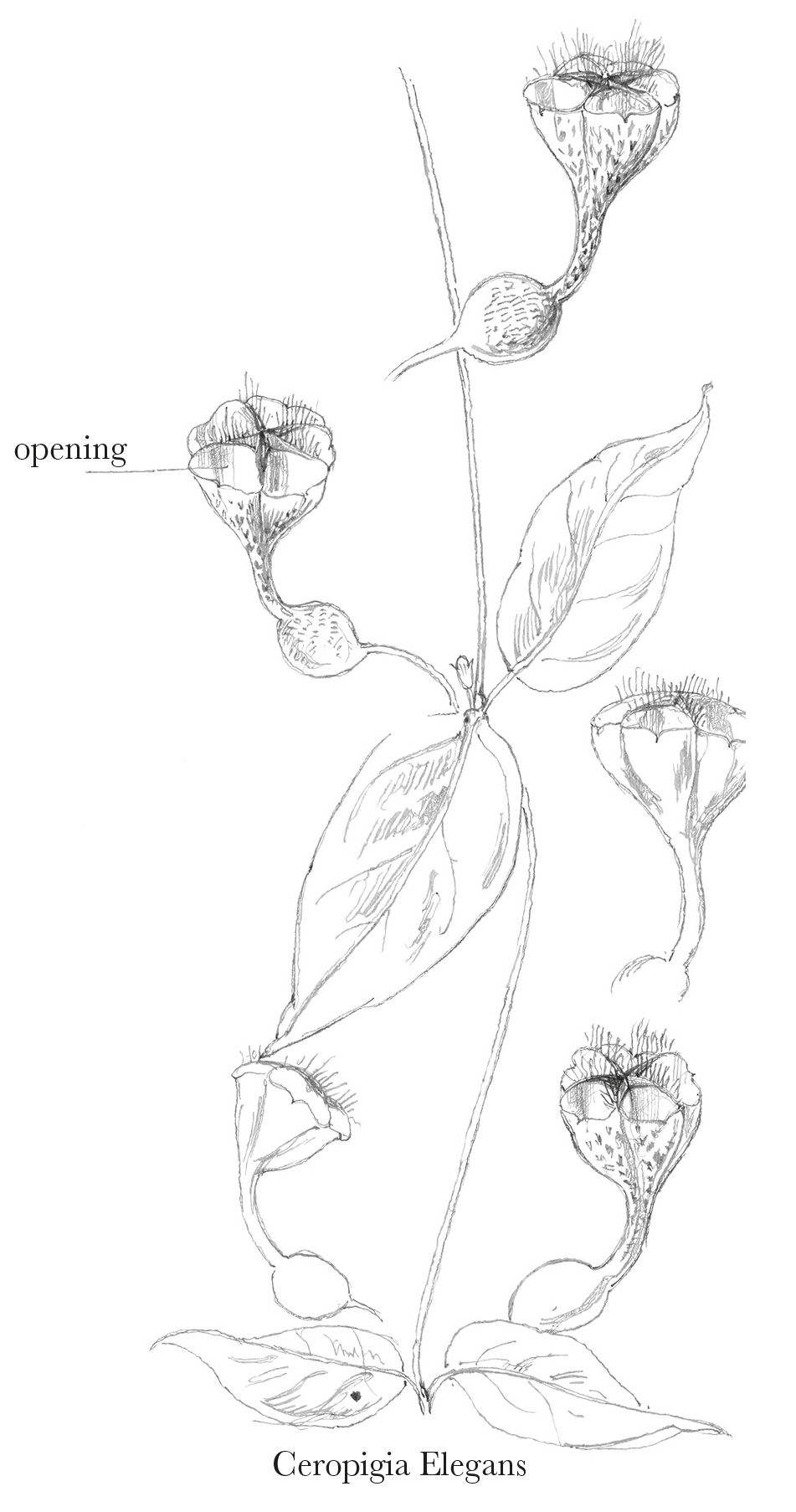From Hermann Müller 15 February 1874
Lippstadt
Feb. 15 1874.
My dear Sir
Many thanks for your very kind letter I received two days ago. The negotiation of the cheque enclosed in this letter has been effected at Lippstadt without any difficulty.1
My brother has indeed had the fullest success in investigating the economy of the South Brazil Termites and Melipona. I have had from him many wonderful letters about these subjects, and I shall be very glad to find the chief of his new discoveries published in Nature.2 Perhaps in this publication you can make use of the here-enclosed drawings sent me long time ago by my brother?
Your and my brothers consenting judgements of my “Anwendung etc” are of the highest value to me.3 My brother writes me about this essay: “Your conclusions are so clear, so closely connected, so convincing, that scarcely any doubt may remain about the correctness of your statements. The only scruple I met with is, whether really the transition to providing the larvae with honey and pollen may afford any considerable relief to the mother, in comparison of her providing them with living insects. The weight of the food to be procured, it seems to me, is of less importance than the facility of procuring it, and, in general, it would perhaps be of less difficulty to drag a single caterpillar into the hollow than to collect half the weight of honey and pollen.
—This, of course, is of no bearing upon your conclusions—the less, as by the new custom a new field still free of concurrence was opened.” In a later letter my brother doubts the correctness of my statement, that of Dasypoda hirtipes4 near Lippstadt the males, near Weilburg the females are predominant in number. My brother himself has observed that the males of some Brazilian bees are fond of other flowers than the females, and hence an erroneous opinion about the number of the two sexes may easily arise, when one observer has more occasion to observe the favourite flowers of the females, another observer, on the contrary, the favourite flowers of the males.—
I am greatly interested by the new edition of your descent of man; when it has appeared, I will read it in English, having just now only read the German translation.5
My dear Sir | yours sincerely | H Müller.
[Enclosure]

6
Footnotes
Bibliography
Correspondence: The correspondence of Charles Darwin. Edited by Frederick Burkhardt et al. 29 vols to date. Cambridge: Cambridge University Press. 1985–.
Descent: The descent of man, and selection in relation to sex. By Charles Darwin. 2 vols. London: John Murray. 1871.
Summary
Feels CD’s and Fritz Müller’s judgments on his "Anwendung" essay [see 8313] are of highest value. Mentions some of FM’s comments.
Looks forward to second English edition of Descent.
Letter details
- Letter no.
- DCP-LETT-9293
- From
- Heinrich Ludwig Hermann (Hermann) Müller
- To
- Charles Robert Darwin
- Sent from
- Lippstadt
- Source of text
- DAR 171: 303
- Physical description
- ALS 2pp
Please cite as
Darwin Correspondence Project, “Letter no. 9293,” accessed on 19 April 2024, https://www.darwinproject.ac.uk/letter/?docId=letters/DCP-LETT-9293.xml
Also published in The Correspondence of Charles Darwin, vol. 22


